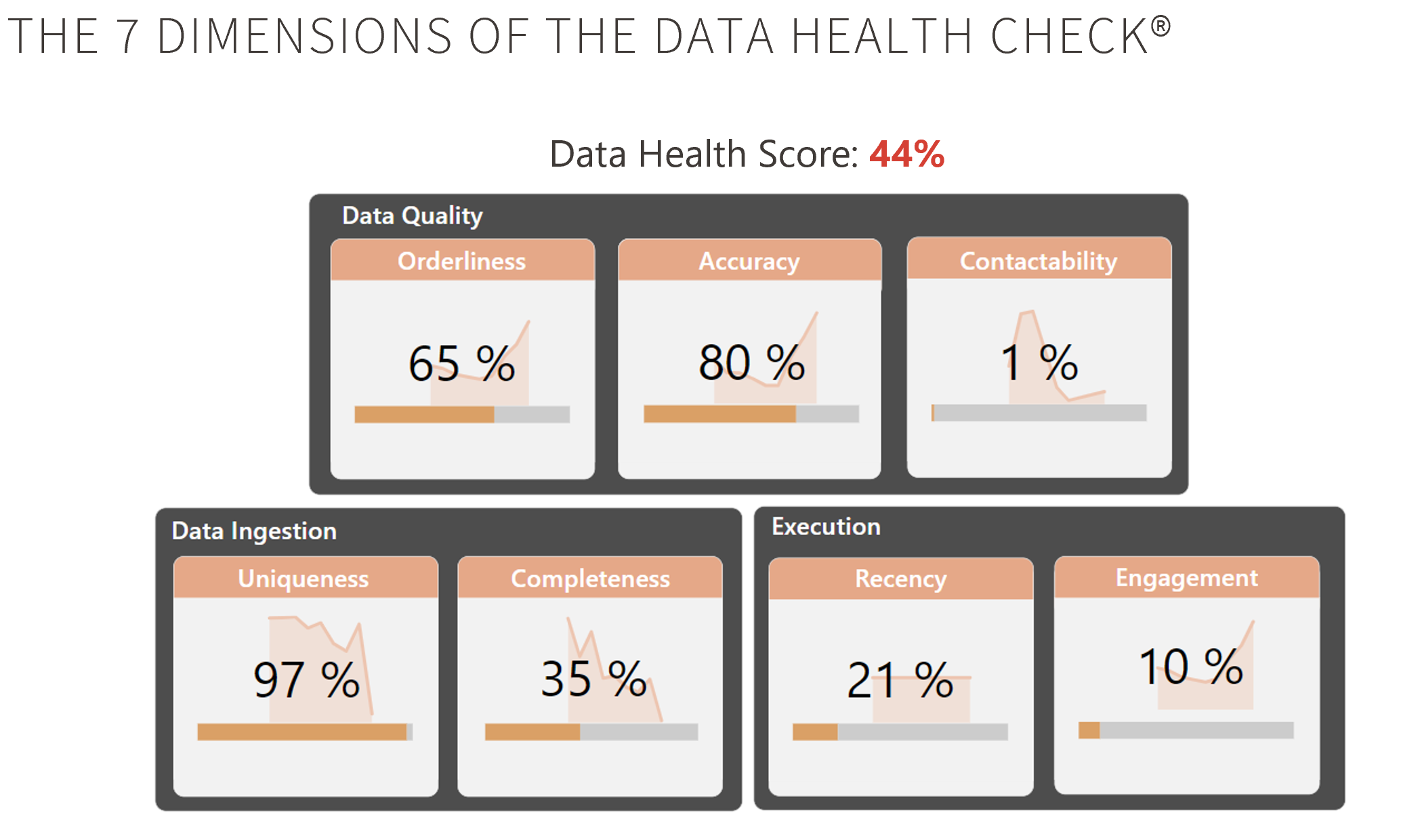3 Steps For Data Normalization In Marketo
Overview
The great thing about Marketo is the breadth and depth of data it collects. Data can enter the system from multiple sources – a website form, a CRM integration, or a manually imported list. All this data feeds into the funnel to create qualified leads for you to hand over to sales.
With high volumes of data flowing into Marketo from various sources, the challenge is how to bring consistency to key fields in your database. Mismatched or incorrect data can impact your digital marketing activity, from campaigns to reporting.
What you need is data normalization. Here’s how to do it.
When you allow different types of entry in a particular field – such as ‘phone number’ – it becomes hard to work with the data. For instance, if phone numbers are formatted inconsistently then SMS messages won’t reach people, and potential leads will get missed off campaigns. This can happen to almost any field, but let’s take the ‘country’ field as another example. Say you want to see all the people from Spain, but your CRM holds country data in the ISO standard format of two letters. Country fields from your CRM will appear in Marketo as ‘ES’ denoting the country, Spain. Let’s also imagine that you also have a manually imported list of people, with the country field populated as ‘España’. Now it’s getting messy. When you filter or segment Marketo records by the country ‘Spain’, you’ll miss those people with the country recorded as ‘ES’ or ‘España’. The country field is a straightforward example. More complex scenarios come about with fields like ‘industry’ or ‘role’. Fortunately, here at Kapturall, we have a handy solution for this that uses AI – more on that later. Keeping any large and growing database normalized takes effort. Nobody has everything solved, and Marketo users are no different. The good news is that normalizing data in Marketo only takes a bit of set up, and you’re good to go. First, set up rules and define lists – for every field. Choose the format of each field, such as the two-letter ISO standard for country names, and E.164 numbering plan for phone numbers. For fields like ‘industry’ create standardized lists. Identify which of your existing records already contain your normalized fields, and which ones need updating. This needn’t be as time-consuming as it sounds. Marketo enables you to filter records by source – so you can see where each record came from. This makes it easy to identify the source of the mismatch fields – maybe it’s the CRM or an uploaded list. Now you know which data sources are pushing the wrong data, you can decide if it’s a data source you can change: Going forward, you need to ensure future data entering your database is normalized. But how does that work for fields like job titles? Different organizations use different terminology. Thanks to an AI integration and Smart Campaigns developed by Kapturall, it’s possible to categorize job titles in Marketo into a hierarchy from junior to C-level. Watch this webinar to underestand more in depth how this implementation works. Not only does this help clean up existing data, it uses a pre-defined set of rules to ensure adjustments are automatically made at the time that new records are created. On top of that, we implement processes that continuously monitor your database by calculating a normalization score for each lead (from 0 to 100%). This helps you ensure that your data stays normalized over time. Here at Kapturall, we’re experts in Marketo. In fact, we’re the largest Marketo partner in EMEA, and we’ve been implementing Marketo for over a decade. So if you need expert guidance on any aspect of Marketo implementation – from fixing duplicates in Dynamics and Marketo or using UTMs, we can help. Need to speak with an expert in Marketo? Book a call.Why normalize data in Marketo?
How to normalize data in Marketo in 3 steps
Step 1 – Define how you want your normalized data fields
Step 2 – Identify your faulty data sources
Step 3 – Set up processes and Smart Campaigns
Expert guidance in marketing automation
SIGN UP FOR OUR NEWSLETTER
Federico Macías
Head of data at Kapturall
Federico Macías Vidal is a business professional with 12 years of experience focused on applying technology to improve and automate business processes and analysis. He has worked at major companies such as Microsoft and PwC, and also at SMBs and startup projects. He is currently the Head of Data at Kapturall, helping companies get the best data quality and insights for their marketing initiatives.




